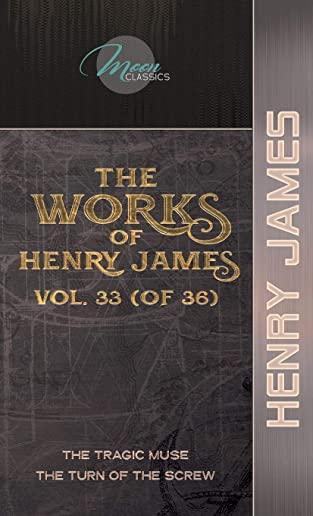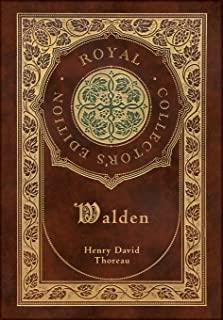
James, Henry
The Tragic Muse is a novel by Henry James, first published as a serial in The Atlantic Monthly in 1889-1890 and then as a book in 1890. This wide, cheerful panorama of English life follows the fortunes of two would-be artists: Nick Dormer, who throws over a political career in his efforts to become a painter, and Miriam Rooth, an actress striving for artistic and commercial success. A cast of supporting characters help and hinder their pursuits.
Nick Dormer wants to pursue a career in painting instead of his family's traditional role in British politics. This upsets his family and particularly his lady friend, Julia Dallow, a beautiful but demanding woman deeply involved in political campaigns. But Nick's old Oxford friend Gabriel Nash encourages him to follow his desire to become an artist. Despite his misgivings Nick goes through an election campaign, supported by Julia, and wins a seat in Parliament. He proposes marriage to Julia but they agree to wait.
Meanwhile, Nick's cousin Peter Sherringham, a rising young man in the British diplomatic service, encounters a young actress, Miriam Rooth, in Paris. He falls in love with Miriam, who shows great energy but is a woefully raw talent. Peter introduces Miriam to French acting coach Madame Carre, and Miriam begins to improve her acting technique greatly.
Nick seeks to become an artist and resigns from Parliament. He thus loses a large bequest from his political patron, Mr. Carteret. Nick becomes a full-time painter, and when Miriam comes to London in search of theatrical success, she sits to Nick for her portrait as "the tragic muse." Julia finds the two together in the studio. Although nothing improper is going on, Julia suddenly and bitterly realizes that Nick is dedicated to art and will never return to politics.
The Turn of the Screw is an 1898 horror novella by Henry James that first appeared in serial format in Collier's Weekly magazine (January 27 - April 16, 1898). In October 1898 it appeared in The Two Magics, a book published by Macmillan in New York City and Heinemann in London. Classified as both gothic fiction and a ghost story, the novella focuses on a governess who, caring for two children at a remote estate, becomes convinced that the grounds are haunted.
In the century following its publication, The Turn of the Screw became a cornerstone text of academics who subscribed to New Criticism. The novella has had differing interpretations, often mutually exclusive. Many critics have tried to determine the exact nature of the evil hinted at by the story. However, others have argued that the brilliance of the novella results from its ability to create an intimate sense of confusion and suspense within the reader.
The novella has been adapted numerous times in radio drama, film, stage, and television, including a 1950 Broadway play, the 1961 film The Innocents, and a 2020 modern adaptation named The Turning.
On Christmas Eve, an unnamed narrator, along with some other unnamed characters, listens to Douglas, a friend, read a manuscript written by a former governess whom Douglas claims to have known and who is now dead. The manuscript tells the story of how the young governess is hired by a man who has become responsible for his young nephew and niece after the deaths of their parents. He lives mainly in London but also has a country house, Bly. He is uninterested in raising the children.







